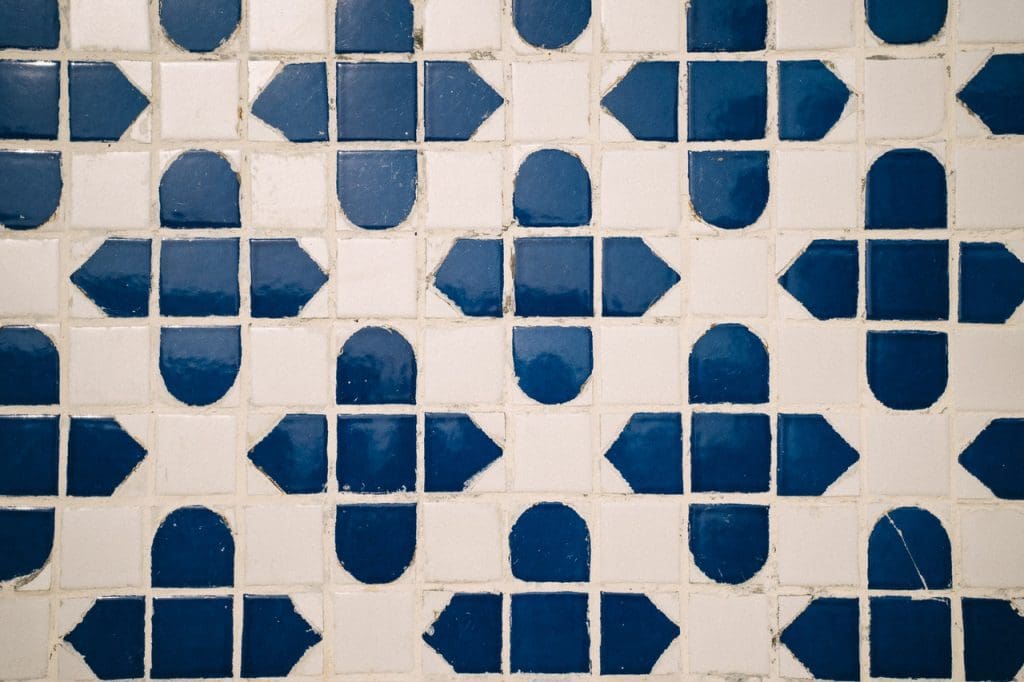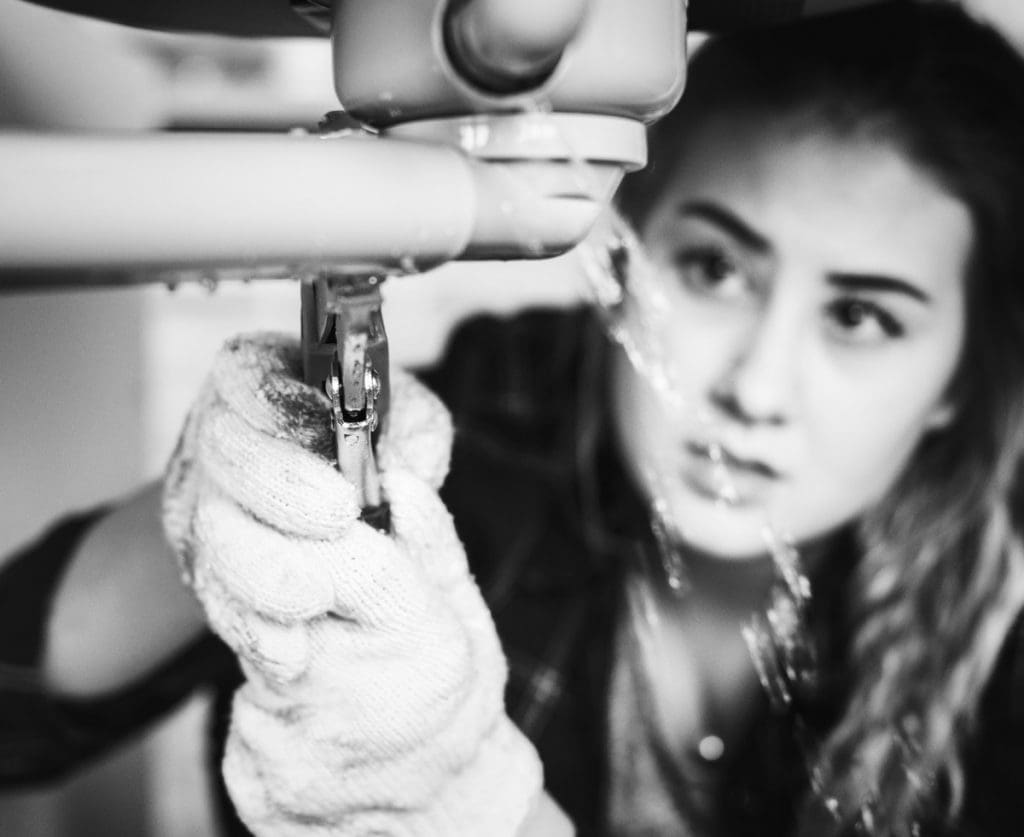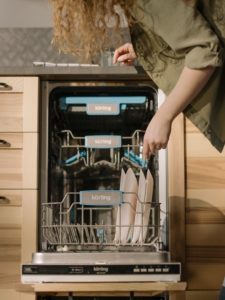Have you recently noticed a strange smell around your home? Perhaps you’ve seen some unusual black dots appearing on your walls? You could be dealing with mold, which, if left untreated, mold poisoning can cause severe health-related issues.
Few people may realize that some companies that provide pest control Melbourne based can provide you with the solutions you need to deal with growing mold. But, before you can get the appropriate treatment for your home, it’s essential to know what you’re dealing with and what the signs are.
Table of Contents
The Negative Effects of Mold Poisoning
Mold poisoning is one of the leading causes of respiratory illness all across Australia. Many homeowners are not even aware that they may have a mold problem. This is largely due to the average person not knowing how to identify the cause. Let’s examine the causes, symptoms, and remedies of mold poisoning in your home.
What is Indoor Mold and What Causes it?
The primary cause of mold, mildew, or any fungi growing in your home is moisture. Melbourne’s wet and cold winters combined with hot and humid summers create the perfect environment for fungi spores to grow and spread throughout your home.
The most obvious causes of mildew and mold to grow in your home include:
- Extremely high humidity
- Condensation or water leaks are often caused by a leaking roof or leaky water pipes
- Poor ventilation where windows and doors are never opened for sunlight and air to enter
The Main Signs of Mold or Mildew in Your Home
There are several ways to identify a potential mold problem in your home. Once the cause has been identified, the right course of action can be followed. Look out for these signs that your house may be harboring mold:

- Strange smells from your heating or air conditioning units: These units provide the dark and damp environment necessary for mold to grow.
- Grout in your bathroom is dark: If the grout between your tiles in the kitchen or bathroom is dark, it’s a sure indication that you have mold. This can be a result of the roof or water pipes leaking into the walls.
- Peeling wallpaper: When your wallpaper starts to bubble and crack, it’s a sure sign of water or moisture in the walls. Once you start peeling the paint away, you’ll see small black dots, which is how indoor mold presents itself.
- Black dots: Clusters of black dots appearing on the walls, especially in the bathroom or kitchen. The ceilings where roof leaks are might also show signs of black dots.
The Symptoms of Mold Poisoning
The main reason mold in your home is considered dangerous is due to a substance called mycotoxin produced by some mold species. Unfortunately, in most cases, mold is only detected after a person has already started suffering from symptoms.
Symptoms are similar to those experienced when dealing with a bout of flu. This means it might take some time to identify mold as the cause. Some of the symptoms you might experience are:
- Persistent fatigue
- Asthma accompanied by wheezing
- Chronic sinusitis or runny nose
- Abdominal pain
- Headaches
- Sleep disturbances
- Joint pain
- Brain fog
- Mold infection in the lungs
What Can You Do About Mold Poisoning?
Mold severely damages the surfaces it grows on. It’s important to deal with the issue as soon as it’s identified. Follow these guidelines to start the process of dealing with the mold in your home:

- Fix any water leaks in your home
- Open bathroom and kitchen windows when showering, bathing, or cooking
- Vacuum carpets regularly and check for areas that are unexplainably wet or damp, indicating a leak
- Clean up any mold or mildew at the first sign of it
- Remove items that show signs of mold growth so as not to infect anything else
- Enlist a professional to provide you with the right solution
- Have regular roof inspections to ensure your roof isn’t leaking
- Make sure clothes dryers and unflued gas heaters have adequate ventilation
- Don’t store water absorbent materials such as carpets and boxes in damp areas
- Clean up any water spills as mold can grow on any surface
- Ensure that there are no leaking gutters which could result in water leaking into the walls or roof
Conclusion
The good news is there are ways to rebalance your immune system if you have been exposed to mold. A comprehensive approach that includes pharmaceutical drugs and substantial dietary changes will aid recovery.
However, it’s necessary to treat the root of the problem in your home. It’s crucial to identify where the mold is coming from and have the problem fixed. Melbourne pest control contractors will easily assist you with this process.
Remember, any current mold in the home needs to be cleaned off. Once you’ve done that and adequately ventilated your home, you’ll already be feeling a lot better!
Featured Image by rawpixel.com



